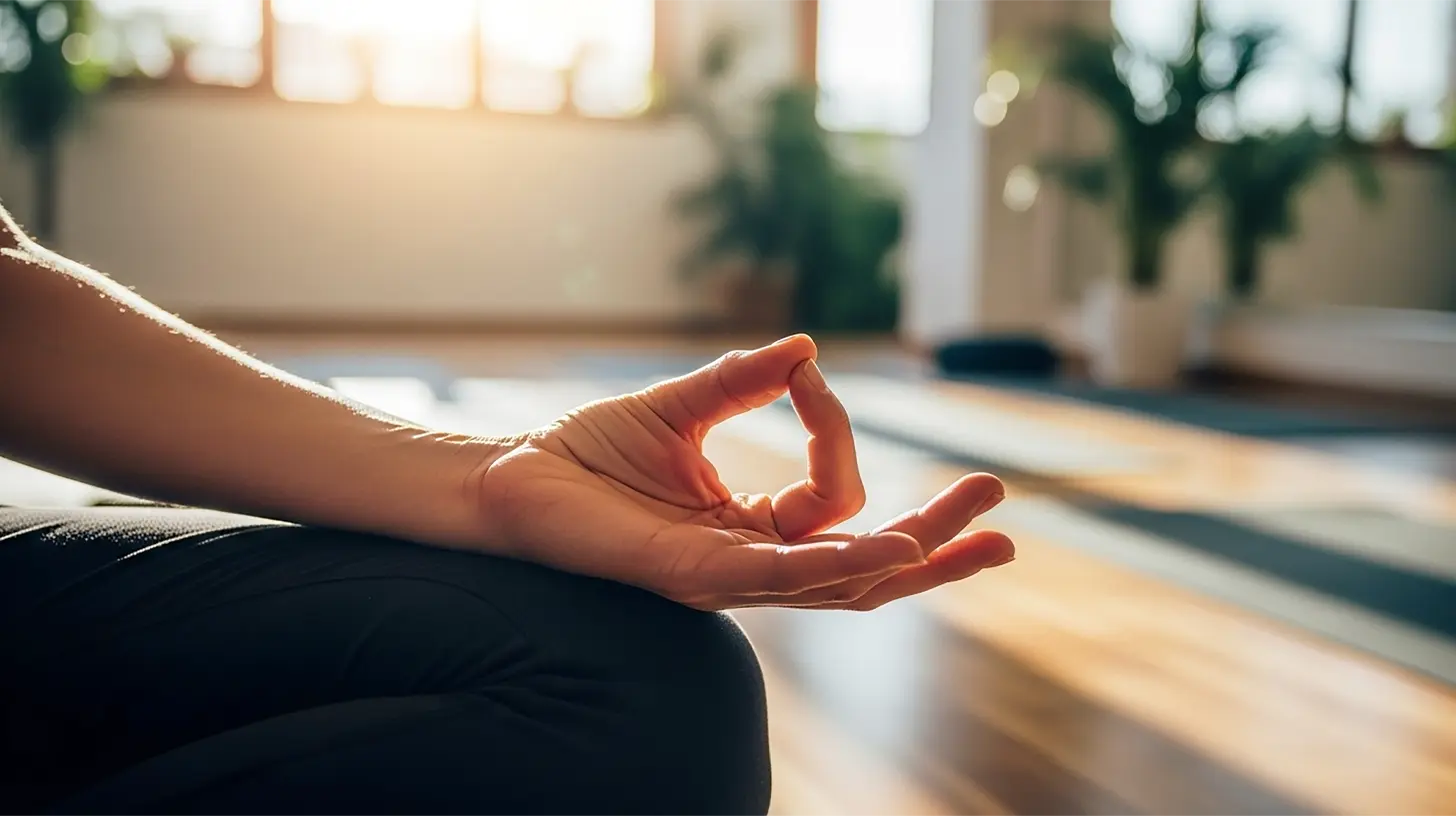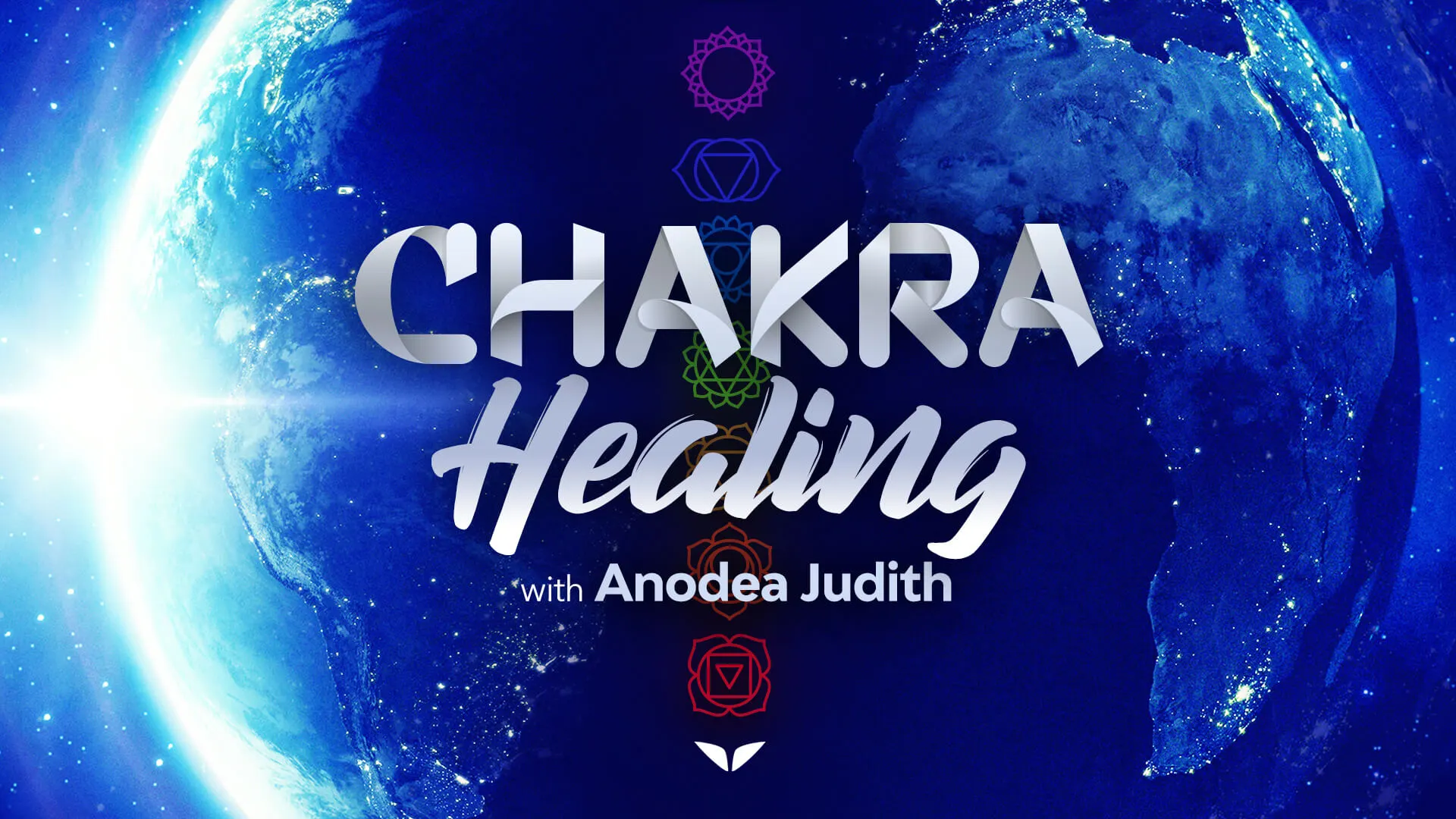Everything in existence pulses with energy… even the space between your fingers.
For thousands of years, spiritual seekers have harnessed this life force through yoga mudras, hand gestures so subtle that they’re like visual poetry. Yet, so powerful are they that they are said to shape moods and mythologies.
No wonder every status of the Buddha on Earth would display a mudra, while dancers in India still use them to depict ancient stories on stage.
Amidst all the modern noise you face, day in and day out, these mudras are quiet anchors that beacon you back to stillness… where timeless insights into yourself await you.
What are yoga mudras and why do they matter?
Yoga mudras are sacred hand gestures used, often in pranic healing, to channel prana, the life force that flows through everything in existence. Yep, we’re talking about everything, from the atoms that make up your body to the cosmos above.
And they have a huge role to play in the domain of energy healing. “They stimulate different areas of your body,” says Deborah King, a spiritual teacher and author of the New York Times bestseller Be Your Own Shaman.
A simple flick of the hand, paired with the right intentions, can spur a whole body shift that wards off negative energy, rebalances your energy centers (a.k.a. the seven chakras), and more.
What is a mudra in yoga?
In practice, a yoga mudra is a hand gesture used in meditation and yoga to direct the flow of prana, or life force, through the body.
To understand how it works, you only need to understand the origins of the Sanskrit phrase:
- Yoga comes from the root word yuj, which means “to yoke” or “to unite.”
- Mudra is often translated as “seal” or “mark,” describing how a gesture can anchor energy with intention.
Together, the words describe a “seal” that unites stillness and movement, guiding your life force where it needs to go.
And they can definitely keep your chakras in check, at least according to chakra healing expert Anodea Judith. If chakras are, as she describes, “a necklace of radiant jewels shining out into the world,” then these mudras help you tune these “jewels” so you’re always in balance.
How many mudras are there in yoga?
Plenty. Ancient texts, such as the Hatha Yoga Pradipika, describe 10 classical mudras, while later traditions expanded the list to more than 100.
Depending on the lineage, you’ll hear teachers mention anywhere from 25 to 108 commonly practiced ones. However, numbers aside, what matters more is the yoga mudra benefits you’d reap. Each hand gesture serves a distinct purpose, from promoting mindful breathing to calming the nervous system.
Ultimately, the most crucial thing to note, Deborah says, is that “they aid in the flow of your energy, your prana.” And that’s the end goal to keep center stage.
How yoga mudras work, according to science
Mudras may appear simple, but a great deal is happening beneath the surface once you hold them. They influence your brain, your nerves, and your energy field—all at once.
Here’s a deeper look into how:
1. The science of somatic gestures
At its core, a mudra is a somatic gesture that uses the body to influence the mind.
Research in neuroscience shows that hand positions are deeply wired into our brain’s motor and sensory maps. That’s why a small gesture, like pressing the thumb and index finger together, can have an outsized effect on awareness.
So think of the yoga mudras as a physical shorthand: your body moves, your brain then pays attention, and just like that, your inner state shifts.
2. Nervous system and neuroplasticity
When you hold a mudra, you’re signaling to your nervous system that you’re safe and sound.
A study examining the effects of the Hridaya mudra (where the index finger curls into the palm while the thumb touches the middle and ring fingers), for one, found that it lowered blood pressure and improved heart rate variability. Now, both are markers of how quickly the body resets after stress.
Repeating gestures like this also engages the brain’s motor and sensory circuits. Over time, this repetition strengthens the neural connections between gesture, breath, and relaxation… the very process scientists refer to as neuroplasticity.
So, in simple terms, the more you practice, the more your system learns to access calm and clarity on command.
3. Energy redirection
Symbolically, each finger represents an element, be it fire, air, ether, earth, or water. Viewed this way, it’s easier to understand why linking or pressing them in specific ways is said to reroute energy flow in your body, especially when healing specific chakras.
And there’s a scientific basis for why they work. Research investigating the efficacy of a regular mudra practice among young adults can significantly reduce stress, anxiety, and depression, while improving emotional regulation.
What it all boils down to is the power of focal points. As Anodea teaches in her Mindvalley program, Chakra Healing, “When you have the right amount of energy, when you can really be in the center of your charge, then you’re in charge.”
5 different types of mudras to know
Take a peek into ancient text bodies like the Hatha Yoga Pradipika, and you’d find different kinds of mudra classifications. Each offers its own way of restoring the body’s alignment.
Here’s a look at the top ones:
- Hasta mudras. These are the hand gestures commonly seen in meditation or yoga practice. Simple finger and palm positions can calm your breath, sharpen your focus, or bring a sense of steadiness.
- Mana mudras. The head and face make up the core focal point here. Using the eyes, ears, or tongue, these gestures pull awareness inward. A classic example is fixing the gaze between the eyebrows to center attention.
- Kaya mudras. Sometimes the entire body takes the shape. One example is the yoga mudrasana pose, a forward fold where you clasp your hands behind your back. The move itself symbolizes surrender while also building steadiness in the spine and breath.
- Bandha mudras. Also known as energetic locks, these techniques utilize gentle muscle contractions to guide the flow of energy within the body. For instance, tucking your chin to your chest or engaging the pelvic floor is believed to stop energy from leaking and direct it upward through the spine, building focus and vitality.
- Adhara mudras. At the base of the body, these practices work with the energy of your root chakra (the energy center linked to your sense of physical safety and survival). They ground you, build stability, and create strength from the inside out.
Every mudra is a technique for balance. Whether it’s a hand seal, a gaze, or a full-body posture, the point is the same: energy responds to focus, and focus is a skill you can train.
7 transformational yoga mudras you can start using today
Throughout history, yogic texts have cataloged over a hundred mudras. But you don’t need to learn every one of them, all at once. Just a handful of the most practiced ones, coupled with your daily intentions, can shift your breath, mood, and state of mind.
Below are the ones that have endured over time. Think of them as a starter toolkit, each one opening a different doorway into your holistic wellness era.
The mudras at a glance:
| Mudras | Also known as | Intended outcome | When to use it |
| Gyan mudra | Seal of knowledge | Focus, clarity, creative flow | Before study sessions, meditation, creative work |
| Anjali mudra | Prayer gesture | Balance, humility, connection | Before serious conversations and deep reflections |
| Dhyana mudra | Meditation gesture | Stillness, clarity, divine connection | During meditation, before bedtime |
| Apana mudra | Gesture of cleansing | Energy release, digestion, grounding | After meals or when emotions feel heavy |
| Prana mudra | Life-force mudra | Energy renewal, vitality, balance | In low-energy or stressful moments |
| Prithvi mudra | Earth mudra | Stability, strength, rootedness | For grounding after stress, anxiety, or insecurity spells |
| Surya mudra | Sun mudra | Motivation, transformation, radiance | As part of morning routines, during midday slumps |
1. Gyan mudra
Also known as the “seal of knowledge,” this mudra is formed by touching the tip of the thumb to the tip of the index finger, while keeping the other fingers extended. It’s often seen in meditation and is said to sharpen focus, memory, and clarity.
According to Deborah, it’s the one gesture that “stimulates different areas of your body and aids in the flow of your energy.”
Perfect for: Calming racing thoughts and centering the mind before study sessions or creative work.

2. Anjali mudra
Palms pressed together at the heart—this is the prayer gesture. You’ve probably seen it used when people say namaste (Hindi for “greetings”). It symbolizes balance, humility, and gratitude. Statues and rituals across India use it as a sign of reverence.
As you do it, Anodea suggests to “take a deep breath, and smile.”
Perfect for: Steadying yourself when emotions run high, setting the tone before a meaningful conversation, or opening your heart to a genuine connection.

3. Dhyana mudra
Palms rest in the lap, right hand over the left, thumbs touching. This is the classic meditation gesture seen in images of the Buddha. Meant to draw your self-awareness inward, it’s the perfect symbol of stillness.
Perfect for: When you want to master how to meditate in bed, or in moments when your mind feels scattered and unfocused.

4. Apana mudra
Considered the “gesture of cleansing,” this mudra is believed to support the body’s natural release processes. It’s formed by joining the tips of the middle and ring fingers to the thumb, with the index and little fingers extended.
Perfect for: Easing your digestion post-meal, or grounding yourself when you feel emotionally stuck.

5. Prana mudra
As the “life-force mudra,” it empowers vitality and immunity. To do it, let your ring finger and little finger touch your thumb, while extending your index and middle fingers.
Perfect for: Boosting energy when you feel drained, restoring balance after a stressful day, or re-centering during long work hours.

6. Prithvi mudra
The Earth element reigns supreme with this mudra. So naturally, it’s all about stability, growth, and strength. You bring the ring finger and thumb together, letting the other fingers relax.
Yogis say the prithvi mudra steadies the root chakra, the energy center tied to safety and a sense of belonging. Anodea herself calls it “the red jewel at the base of the spine,” and suggests focusing on it with a sense of “gratitude and solidity, stability,” so you’re all grounded.
Perfect for: Moments of unease, grounding after a stressful day, or when you want to feel solid in your own skin.

7. Surya mudra
If Prithvi is earth, then Surya is all fire. This mudra increases your inner heat and awakens the system.
To form it, press the ring finger into the base of the thumb and hold. It’s called the sun gesture for a reason: it stokes energy and helps burn through sluggishness.
Perfect for: Mornings when you need a lift, afternoons that drag, or anytime you want to spark motivation.

How to integrate yoga mudras into your daily flow
If you’ve ever wondered how to do yoga mudra practically, the answer is more straightforward than you think. Because the truth is, you don’t need any equipment, special settings, or even a time-blocked space on your calendar to do them.
These pocket-sized practices are easy to incorporate into your smallest moments between tasks, transit, and meetings. Give them a try with the simple ways below, and feel the difference in your body and mind:
- During meditation. Start or end your practice by holding a mudra. Turn to the gyan mudra for focus, or the dhyana mudra for more profound stillness.
- With pranayama. Pair your breathwork with a gesture. For example, try practicing prana mudra while doing alternate-nostril breathing to amplify vitality and balance.
- Before bedtime. Calming gestures, like the anjali mudra at the heart, or the dhyana mudra in your lap, can signal to your body that it’s safe to rest,
- On the go. Hold the apana mudra on a flight to settle those frayed nerves, or the prithvi mudra at your desk when you need grounding.
- During journaling. As you write a positive affirmation or mantra, let your hands hold the mudra that matches your intention. Examples to try? The surya mudra for renewed energy, or the anjali mudra for gratitude.
These are only the beginning when it comes to yoga mudras. Each gesture invites you to return to the present moment… and rekindle your relationship with yourself.
When you have the right amount of energy, when you can really be in the center of your charge, then you’re in charge.
— Anodea Judith, trainer of the Chakra Healing program
Awaken your spiritual superpower
Yoga mudras remind us that power isn’t always a roar. Sometimes it’s as quiet and simple as the curl of a finger or the meeting of two palms to shift you from within.
And whenever you feel called to go deeper, Anodea Judith’s free Chakra Healing class on Mindvalley is a beautiful next step. Inside, you’ll explore how to:
- Clear the energetic blocks that have been holding you back,
- Awaken the energy healer that’s already in you,
- Invite abundance into all areas of your life,
- And so much more.
Take it from Donna Eden, a fellow spiritual healing coach and esteemed Mindvalley trainer who learned greatly from Anodea’s work. Calling it “a beautiful blend of the practice of yoga with the profound wisdom held in your chakras,” she credits the insights for deepening her own practice.
Donna’s experience is proof that this healing reaches beyond knowledge and reshapes how you live in and through your own energy. So, consider this your invitation to come home to yourself, reclaim your inherent right to “zen,” and step into your inherent greatness.
Welcome in.








